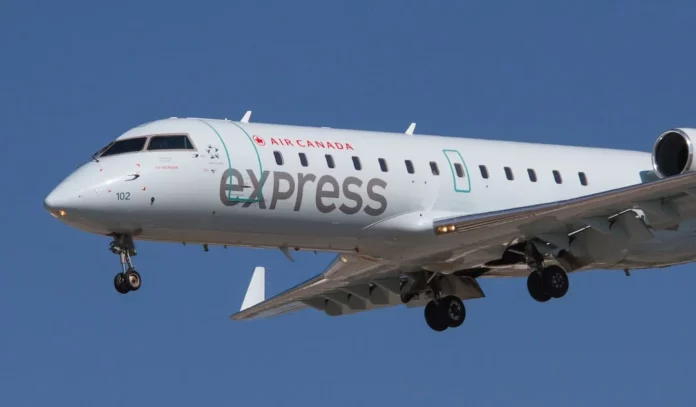The Boeing 737 aircraft is one of the most popular and widely used commercial planes in the world. With its exceptional performance, reliability, and safety features, the Boeing 737 has become the preferred choice for airlines globally. One crucial aspect of its safety features is the Indicator Lights (IND LTS). These lights play a significant role in alerting the pilots about various systems and conditions of the aircraft. In this article, we will delve into the details of Indicator Lights on the Boeing 737 and their importance for safe operation.
Contents
The Functionality of Indicator Lights
Indicator Lights on the Boeing 737 are designed to provide critical information to the pilots regarding the status of various systems and components of the aircraft. These lights serve as visual aids, allowing the pilots to quickly identify and respond to any anomalies or malfunctions during flight. The Indicator Lights are strategically located on the aircraft’s instrument panel, making them easily visible to the flight crew.
There are numerous Indicator Lights on the Boeing 737, each serving a specific purpose. Let’s explore some of the most important ones:
1. Engine Indication and Crew Alerting System (EICAS) Lights
The EICAS lights are a crucial part of the Indicator Lights on the Boeing 737. These lights provide information about the status of the aircraft’s engines and other related systems. The EICAS system continuously monitors the engine parameters and displays relevant information through caution, warning, and advisory lights.
For example, a “Fire” indication light might illuminate if there is a fire detected in one of the engines. The pilots would act promptly in response to this warning, following the appropriate procedures to mitigate the risk. Similarly, other lights such as “Oil Pressure Low” or “Engine Overheat” would alert the pilots to potential issues with the engines, prompting them to take necessary actions for safe operation.
2. Landing Gear Lights
The Indicator Lights also include those specifically related to the landing gear system on the Boeing 737. These lights inform the pilots about the state of the landing gear during different phases of flight, including takeoff, landing, and gear retraction or extension.
At the beginning of a flight, the “Gear Up” light would be illuminated to indicate that the landing gear is in the retracted position and the aircraft is ready for takeoff. Similarly, during the landing phase, the “Gear Down” light would signal that the landing gear is extended and locked in place for a safe touchdown. In case of any abnormalities, such as an incomplete gear extension or retraction, the corresponding lights would provide immediate visual feedback to the pilots, enabling them to address the situation timely.
3. Anti-Ice and Wing Lights
Another critical set of Indicator Lights on the Boeing 737 are those related to the anti-ice system and wing lights. These lights help the pilots monitor the functioning of the anti-ice system, which is essential for preventing ice accumulation on critical aircraft surfaces, particularly the wings.
The “Anti-Ice” lights indicate when the anti-ice system is active, ensuring that the wings and other critical areas are adequately protected from ice buildup. Moreover, the wing lights provide additional visibility during nighttime operations and assist in the inspection of the wings for any signs of ice or other abnormalities.
Conclusion
Indicator Lights (IND LTS) play a vital role in enhancing the safety and operational efficiency of the Boeing 737 aircraft. These lights serve as visual indicators, providing critical information to the pilots about the various systems and conditions of the aircraft. By promptly alerting the flight crew to any anomalies or malfunctions, Indicator Lights enable timely decision-making and appropriate action, ensuring the safe operation of the aircraft.
Understanding the functionality and significance of Indicator Lights is crucial for pilots operating the Boeing 737. Continuous training and familiarization with these lights and their indications are essential for maintaining a high level of safety and operational effectiveness in every flight.
For more information on the Boeing 737 and its Indicator Lights, please refer to the official Boeing website https://www.boeing.com/.
For More: What is EDIU on Boeing 737? (Engine Data Interface Unit)




